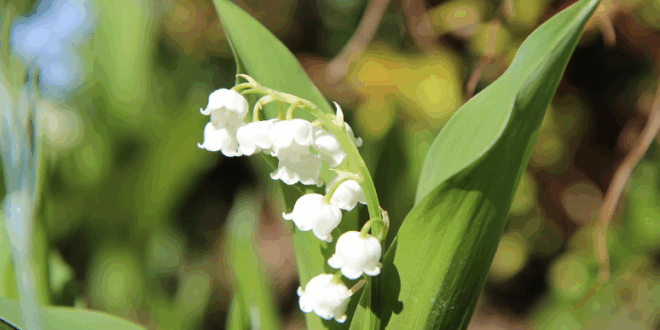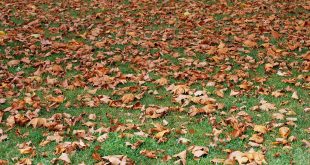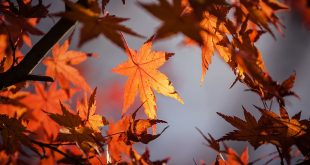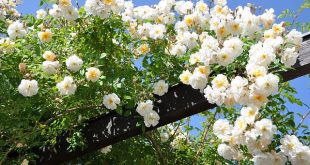Wondering what plant held the second-favorite spot in Queen Elizabeth II’s gardening heart? That’s a tricky one—it turns out the royals have only publicly confirmed her favourite flower: Lily of the Valley (Convallaria majalis), and there’s no widely documented “number two.” But we can still explore what she affectionately cultivated across her gardens and the plants that held special importance to her.
Queen Elizabeth II’s Beloved: Lily of the Valley
- Lily of the Valley was famously featured in her coronation bouquet in 1953 and remained her cherished floral emblem throughout her reign. It held a lasting personal connection and regularly appeared in the gardens of Buckingham Palace.
Other Plants That Reflected the Queen’s Garden Legacy
While there’s no officially recognized second-favorite, several plants were notably present in her gardens and carry emotional or symbolic significance:
Daffodils
- A consistent presence in all her private gardens, daffodils—particularly the hybrid Narcissus ‘Diamond Jubilee’, created in her honour for the 2012 jubilee—were clearly treasured. As the national flower of Wales, they held both personal and cultural meaning.
Roses (especially pink and red varieties)
- The Queen’s love for roses was well known. Both Windsor Castle and Buckingham Palace boasted spectacular rose gardens, featuring thousands of rose bushes planted in geometric formations. Pink and red varieties were her preferred colour palette across all royal gardens.
Famous Trees
- Beyond ornamental flowers, the Queen had a deep appreciation for mature trees. Notably, she planted a maidenhair tree (Ginkgo biloba) at Kew Gardens in 2009 to mark the institution’s 250th anniversary.
- She also had fondness for English oaks, London plane trees, and the exotic tulip tree (Liriodendron tulipifera), frequently spotted in royal landscapes.
The Camellia ‘Her Majesty Queen Elizabeth II’
- A camellia named in her honor—Camellia japonica ‘Her Majesty Queen Elizabeth II’—was presented to her in 1954. It still grows in The Savill Garden, a living tribute to the Queen’s enduring influence in horticulture.
So, What Could Be Considered Her “Second Favourite”?
If we were to interpret “second favourite” based on her recurring choices and the personal significance of certain plants:
- Daffodils, with their special hybrid and symbolic relevance, might lead the list.
- Alternatively, pink and red roses, which dominated her garden colour scheme, could equally vie for that position.
- Camellia japonica ‘Her Majesty Queen Elizabeth II’, bearing her name, also stands out as a deeply meaningful plant in her garden legacy.
Article: “Beyond Lily of the Valley: Other Plants Close to Queen Elizabeth II’s Heart”
Intro
Queen Elizabeth II’s love for gardening was famously embodied by one gentle flower—lily of the valley—featured prominently in her coronation bouquet in 1953. Yet, her gardens were rich tapestries adorned with other meaningful blooms and trees that, while not officially ranked, surely held a special place in her affection.
Daffodils: Welsh Pride in Bloom
As the national flower of Wales, daffodils appeared in all of the Queen’s gardens. Their presence was celebrated through the creation of the Narcissus ‘Diamond Jubilee’, a special hybrid born to honour her reign in 2012.
Roses: Floral Grandeur in Formal Gardens
Her Majesty’s commitment to roses was nothing short of regal. With thousands of rose bushes planted at Windsor and Buckingham Palace—arranged in geometric beds and predominated by pink and red varieties—they were unmistakable symbols of her botanical preference.
Majestic Trees: Living Legacies of Time
Tree planting was another form of royal devotion. In 2009, the Queen planted a Ginkgo biloba at Kew Gardens—a tree species recognized as a living fossil. She also held affection for the sturdy English oak, the stately London plane, and the exotic tulip tree.
Camellia Named in Her Honour
A particularly personal tribute is the camellia cultivar ‘Her Majesty Queen Elizabeth II’, gifted and planted in The Savill Garden. This living memorial commemorates her horticultural legacy with enduring grace.
Conclusion
Though Lily of the Valley stands undisputed as her favourite, the recurring presence of daffodils, roses, beloved trees, and a camellia bearing her name suggests these were equally dear. They reflect not only her gardening tastes but also her enduring connection to nature’s cycles and beauty.
 Gardeners Club The Gardeners Club is a free to join online club for everyone with an interest in gardening and gardens.
Gardeners Club The Gardeners Club is a free to join online club for everyone with an interest in gardening and gardens.






